Top 10 Benefits of IoT in Healthcare
Ditstek Blogs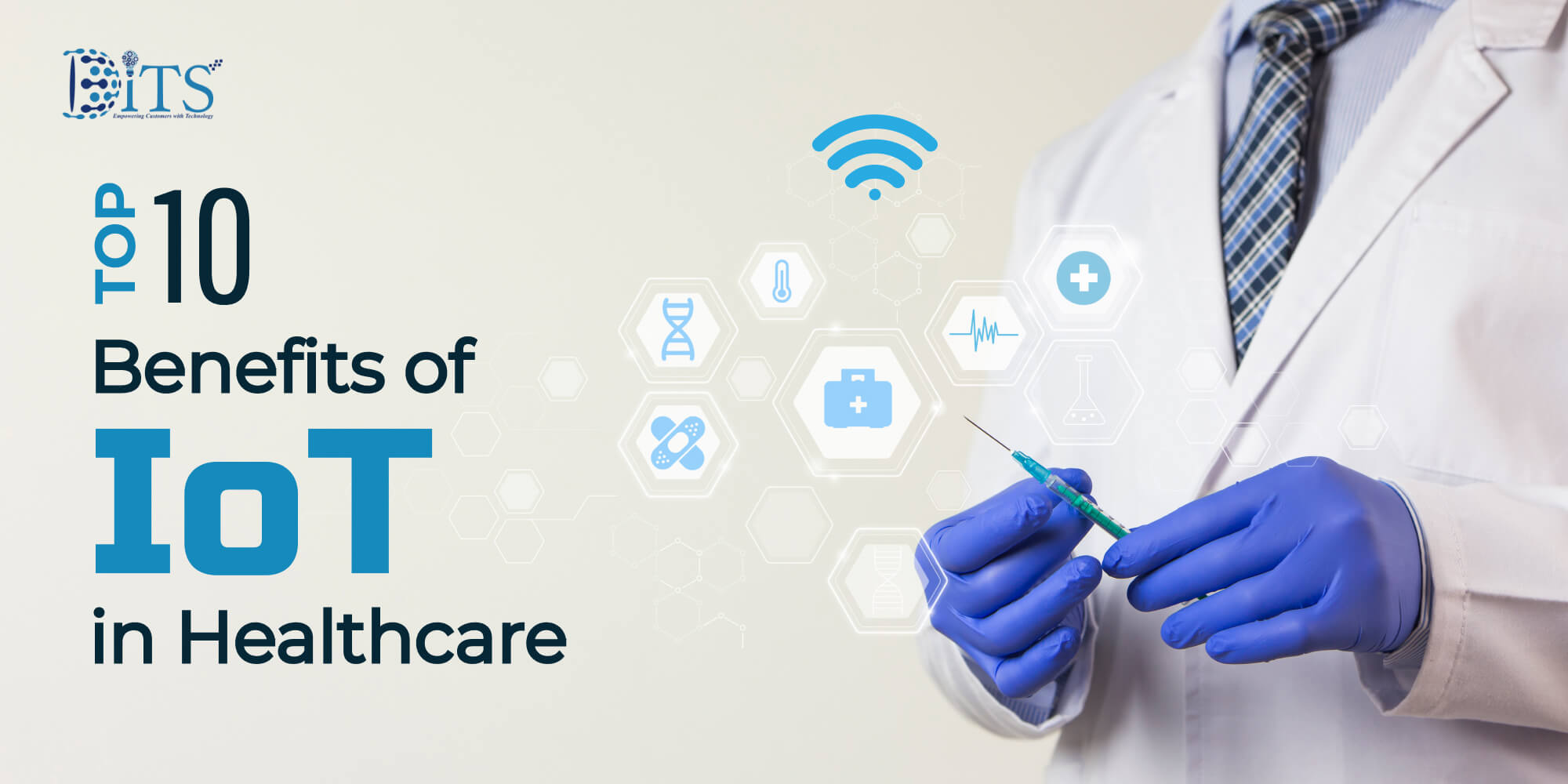
Patients often don't see what's happening behind the scenes, as care teams deal with delayed treatments, little visibility, and medical data spread across various applications and systems. The issue isn't typically associated with a healthcare team lacking certainty, skill, or equipment; the concern is how information flows through the system and when it is made available to the right people.
That's where the Internet of Things (IoT) can make a difference.
The rise of connected, 'smart' devices is changing the way we deliver healthcare. Not only does this elevate the quality of patient care, but it also reduces operational inefficiencies.
IoT in healthcare can also promote patient safety by enabling remote monitoring and predictive analytics. By detecting issues earlier, the care team can engage in proactive management and avoid complications in treatment. This blog will examine the top 10 benefits of using IoT in healthcare.
Improved Monitoring of Patients with Focused Care
IoT can help detect problems early enough for the care team to engage in proactive care management, which may reduce complications, premature hospitalization, and readmission for serious issues that the patient did not experience while being monitored at home.
One of the most transformational changes the IoT has enabled is the ability to remotely and continuously monitor patients. Smartwatches, or sensors, can allow health providers to monitor vital signs such as heart rate, blood pressure, and glucose levels.
Proactive and Preventive Care
This data feed enables healthcare providers to identify potential health challenges earlier, allowing for informed decisions that prevent subsequent issues or serious complications.
For patients with chronic illnesses (like diabetes or hypertension), IoT devices create opportunities for better self-management while resulting in less frequent hospital visits. Suppose a patient's health records fall outside normal ranges. In that case, a device can provide an alert for medical personnel to consider the patient's condition while tracking their health history and can be responsive in emergency health situations.
Personalized Treatment
The vast amount of data collected by IoT devices provides a comprehensive picture of a patient's health experience.
This enables a doctor to go well beyond one-size-fits-all treatment and develop a patient-specific care plan uniquely tailored to the individual's health and lifestyle needs, which can improve treatment outcomes.
According to market reports, the IoT healthcare market is projected to reach nearly $289 billion by 2028. That number tells a story: a future where healthcare isn't reactive but proactive. A future where data saves lives and automation trims costs.
Ready to Modernize Patient Care with IoT?
Discover how connected systems can improve efficiency, safety, and patient outcomes in your healthcare facility.
Benefits of IoT in Healthcare
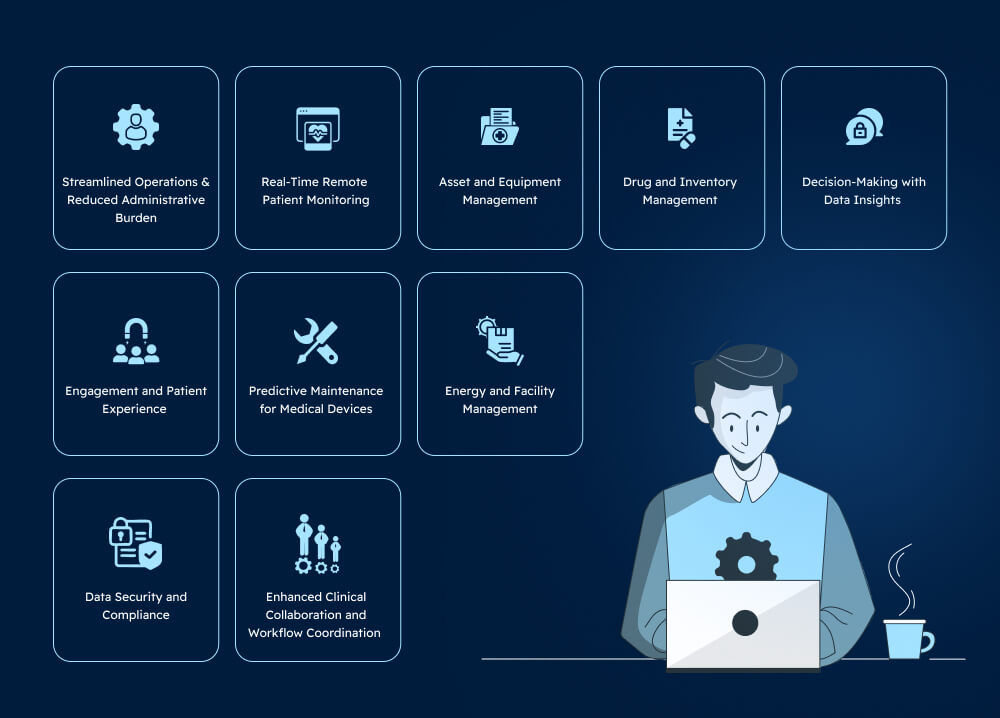
So, what exactly makes IoT such a game-changer for healthcare enterprises? Let's break it down with its top 10 benefits in healthcare.
1. Streamlined Operations and Reduced Administrative Burden
Hospitals operate like small cities, with a constant flow of people, machines, and processes all working together. Like a city, chaos can ensue when systems aren't aligned. IoT provides organization within the chaos. When computers, infusion pumps, and telemetry machines are all on the same system, processes become simplified.
Scheduling appointments occurs automatically. Equipment logs are updated in real time. Hospital staff don’t need to spend hours completing paperwork, as it gets done in a few clicks. This type of IoT integration won't just save time; it will also reduce human error, which is often present in manual data entry.
2. Real-Time Remote Patient Monitoring
With the use of IoT in hospitals, doctors ask patients to wear a remote monitoring device that continuously captures vital signs and sends alerts if anything is amiss. A patient doesn't require returning to the hospital for follow-up visits and check-ups.
This is the implementation of IoT in medical and healthcare. Remote patient monitoring enables care providers to monitor patients beyond the walls of healthcare facilities. Providers will be better acquainted with patients throughout their management of chronic illnesses and earlier interventions. The use of IoT will decrease the need for patients to be readmitted for care, resulting in a significant financial benefit for healthcare organizations.
3. Asset and Equipment Management
There is nothing worse than having to locate a piece of equipment when a doctor is attending to a patient. IoT can help alleviate the pain of having to track down equipment at a critical moment. By using connected sensors to provide real-time tracking of the location and status of hospital assets, from wheelchairs to ventilators, hospitals will have constant sight of their valuable resources.
With that visibility, loss will not be a problem, maintenance can be done on time, and downtime will be reduced. Equipment will last longer, and work will flow more smoothly. As for hospital administrators, it's easier than convenience; it provides clarity and ROI. Every asset can be tracked and utilized to its full value.
4. Drug and Inventory Management
Another smart inventory solution IoT performs for healthcare use is monitoring temperature, humidity, and stock levels without any human interaction. For example, suppose a cold storage item deviates from its defined set points. In that case, alerts will notify all relevant personnel of a potential temperature excursion that could lead to spoilage or loss of the unit and its contents.
The preferred IoT solution for temperature ranges addresses the downsides, which can cost thousands of dollars in inventory and equipment. Pharmacies and hospitals use automated restocking alerts to minimize delays and overstaffing. The efficiency found here not only improves operational performance but also improves compliance.
5. Decision-Making with Data Insights
A hospital generates vast amounts of data every second, from patient information to operational data and billing. But data without insights is just noise. IoT can convert that noise into intelligence.
By connecting devices and systems, healthcare leaders will be able to see patterns in real time, which departments are at capacity, which equipment requires servicing, and which treatments are most effective. Pair that with Artifical Intelligence in healthcare, and those insights will be even sharper. Predictive analytics identifies risks and issues before they even appear.
IoT does not just collect data; it helps people turn that data into action. It makes decisions faster, smarter, and more accurate.
6. Engagement and Patient Experience
Patients expect more these days. They expect updates, transparency, and choice in their health journey. The Internet of Things in healthcare applications makes it possible.
Wearable devices, connected health apps, and intelligent dashboards enable patients to be active participants in their treatment plan. This level of connectivity is often powered by a custom software development company, creating an easy-to-use interface for patients.
Patients can easily track their progress, manage their health appointments, and provide feedback. For the organization, this engagement builds trust and longevity.
And when patients feel in control, satisfaction increases, and so does your facility's reputation. Because caring for patients is more than just treating their illness, it is about offering them the best possible care.
7. Predictive Maintenance for Medical Devices
Hospital downtime isn't just troublesome; it can be life-threatening. The Internet of Things (IoT) can help predict when equipment is likely to fail before it does. Sensors continuously monitor the equipment for performance changes. When an anomaly is identified, the diagnostic impacts are communicated to the maintenance team to assist in evaluating and repairing the equipment before it fails.
A proactive maintenance process for hospital equipment results in fewer breakdowns, longer lifespans, and smoother operations. Hospital administrators will not bear the financial burden of repairs or broken equipment, but will simply enjoy uninterrupted service.
8. Energy and Facility Management
Hospitals never sleep, and neither do energy bills. IoT-based energy management systems optimize lighting, temperature, and energy consumption based on occupancy and usage patterns for rooms or equipment.
The benefits? Reduced energy costs, a more environmentally friendly operation, and a position of compliance for sustainability purposes. A silent revolution is underway, transforming clinical settings into more ecologically friendly spaces while still prioritizing patient comfort.
9. Data Security and Compliance
In healthcare, security is not only a legal requirement but an ethical responsibility. IoT systems emphasize encryption, access management, and compliance-ready design, based on standards such as HIPAA, GDPR, and others.
This provides healthcare organizations with peace of mind. Sensitive data is safe because it's shared through connected systems, which make it accessible and protected.
The future of healthcare is built on the connection between people, devices, and data. IoT in healthcare is more than revolutionizing hospitals; it's transforming the very premise of healthcare delivery. It is making medicine more predictive and operations more efficient for improved patient care.
10. Enhanced Clinical Collaboration and Workflow Coordination
In a hospital that is always busy, communication lag, at times, takes more than just time; it may have negative consequences for the patients. IoT helps eliminate that gap. It is only when devices, departments, and care teams are smoothly connected that collaboration becomes effortless.
Doctors can instantly retrieve a patient's vitals from connected monitors. Nurses are notified on mobile dashboards the moment a change occurs. Lab results are embedded into patient records gradually without waiting for manual updates. It is a silent and smooth background coordination that remains unnoticed, yet has a profound impact on the world.
For healthcare businesses, this means faster decision-making, less miscommunication, and more synchronized workflows. The IoT establishes a scenario where all team members, from technicians to surgeons, work with the same real-time data. Thus, care not only gets coordinated but also uninterrupted.
Want to Lead the Next Wave of Smart Healthcare?
Get insights from our experts on how IoT and AI are redefining patient care standards across modern hospitals.
Why IoT is a Smart Investment for Healthcare Organizations
For healthcare organizations, IoT is no longer just a nice-to-have; it is a business necessity. Better patient outcomes and improved efficiency all come down to one thing: smarter connectivity.
A solid IoT strategy also means accurate diagnostics, fewer manual errors, and reduced operational costs. With IoT, businesses can use business process automation, allowing providers' workflows to leverage those processes as patients arrive and markets evolve.
At DITS, we have witnessed firsthand how the combination of IoT and AI in healthcare will change the outcomes. We use artificial intelligence tools for healthcare software development, automate quality checks, and maintain superior standards in code development and deployment. Every solution we produce is intentionally infused with AI - it improves performance in agreed-upon ways, not just for the sake of having it.
This blend of intelligence (IoT) and innovation helps healthcare providers remain competitive while maintaining compliance and reliability.
Conclusion
The healthcare of the future is assuredly one of connection a connection between people, machines, and data. IoT in healthcare is changing not just the delivery of care in hospitals, but it is also changing the model of care delivery itself. It's transforming medicine into a more predictive art, making operations more efficient and empowering patients to become prosumers of their own care.
As technology continues to improve, one thing is certain: organizations that invest in connected innovation today will dominate the industry tomorrow.
FAQs
1. How does IoT improve operational efficiency in healthcare facilities?
IoT connects devices, equipment, and systems so data flows automatically. This reduces manual paperwork, speeds up decision-making, and minimizes delays in processes like patient monitoring, equipment tracking, and resource allocation. Hospitals can manage more with fewer resources while maintaining accuracy.
2. What are the most common applications of IoT in a hospital clinic setting?
Applications of the Internet of Things (IoT) in healthcare range from remote patient monitoring to smart wearables for preventive maintenance of medical devices, asset tracking, and automated environmental control, among others. Overall, the Internet of Things reduces human error, lowers costs, and improves patient care efficiency and administrative processes in healthcare facilities.
3. How does IoT contribute to patient safety and care quality?
IoT-enabled systems track patient vitals in real time and instantly alert medical teams when irregularities occur. This early-warning mechanism enables timely intervention, preventing complications and facilitating a faster recovery. It also helps maintain strict medication schedules and ensure safety compliance.
4. Is IoT integration expensive for healthcare organizations?
Not at all. Although the initial investment required to set up your systems is usually substantial, reduced downtime, improved grading performance of case workers/administrators through automation, and enhanced staff productivity more than outweigh the cost over time. New IoT systems are also modular in design, allowing healthcare organizations to advance their systems in steps rather than overhaul the entire system at once.
5. How does IoT handle data security and privacy?
IoT systems in healthcare now have encryption, multi-level access, and enhanced compliance features, i.e. HIPAA compliance and GDPR compliance. When properly governed, data can be shared and stored securely, ensuring privacy and not compromising the effectiveness of the healthcare team.
6. What might a healthcare business do to start its IoT journey with DITS?
Identify high-impact areas where IoT can create value, such as through patient monitoring, asset tracking, or workflow automation. DITS offers a range of customized IoT solutions and seamless IoT integration, enabling healthcare businesses to embark on a digital transformation journey quickly and safely.

Nidhi Thakur
With more than 19 years of experience - I represent a team of professionals that specializes in the healthcare and business and workflow automation domains. The team consists of experienced full-stack developers supported by senior system analysts who have developed multiple bespoke applications for Healthcare, Business Automation, Retail, IOT, Ed-tech domains for startups and Enterprise Level clients.
Recent Posts
Get in touch
.jpg)
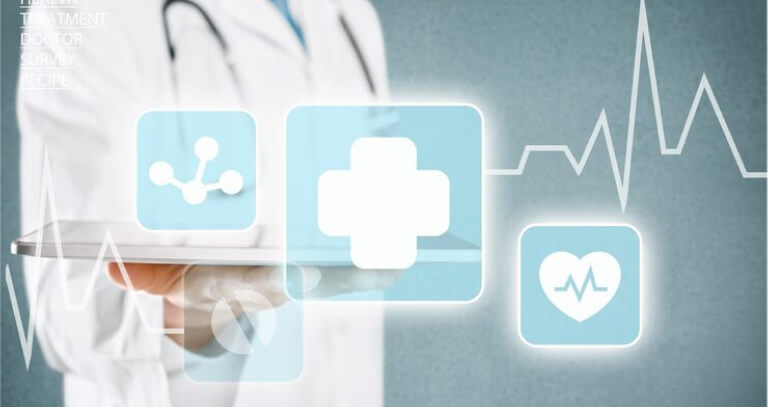

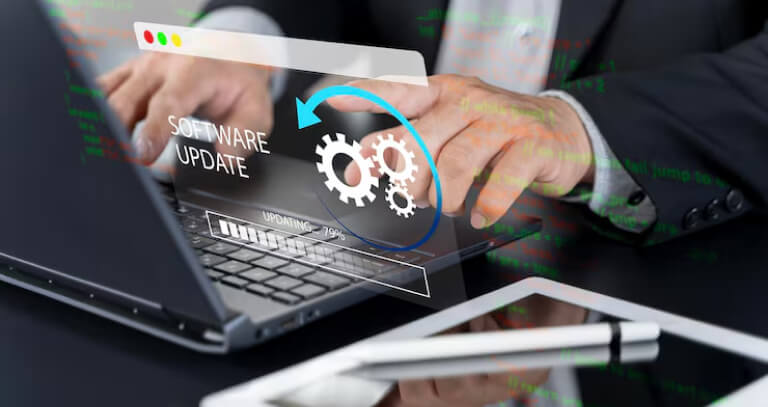
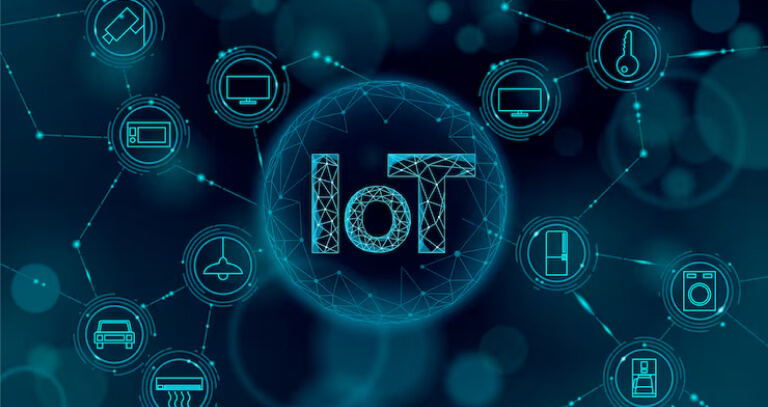
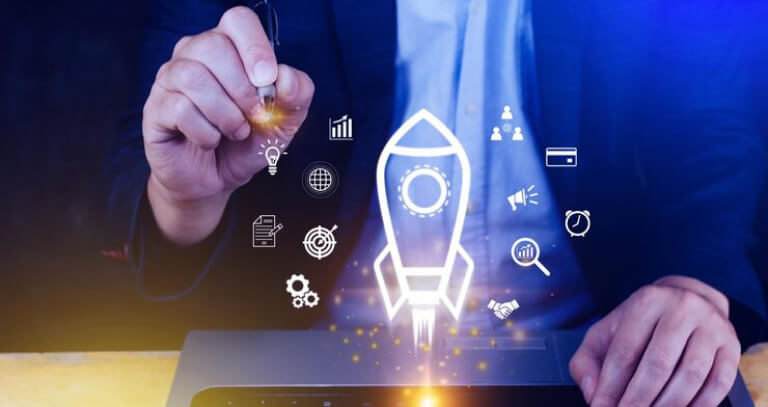




 Calgary | Edmonton | Vancouver | Toronto
Calgary | Edmonton | Vancouver | Toronto Marriott Downtown Hotel | Calgary
Marriott Downtown Hotel | Calgary